Discover insights, tips, and stories from the skies — from aircraft buying guides to pilot training.
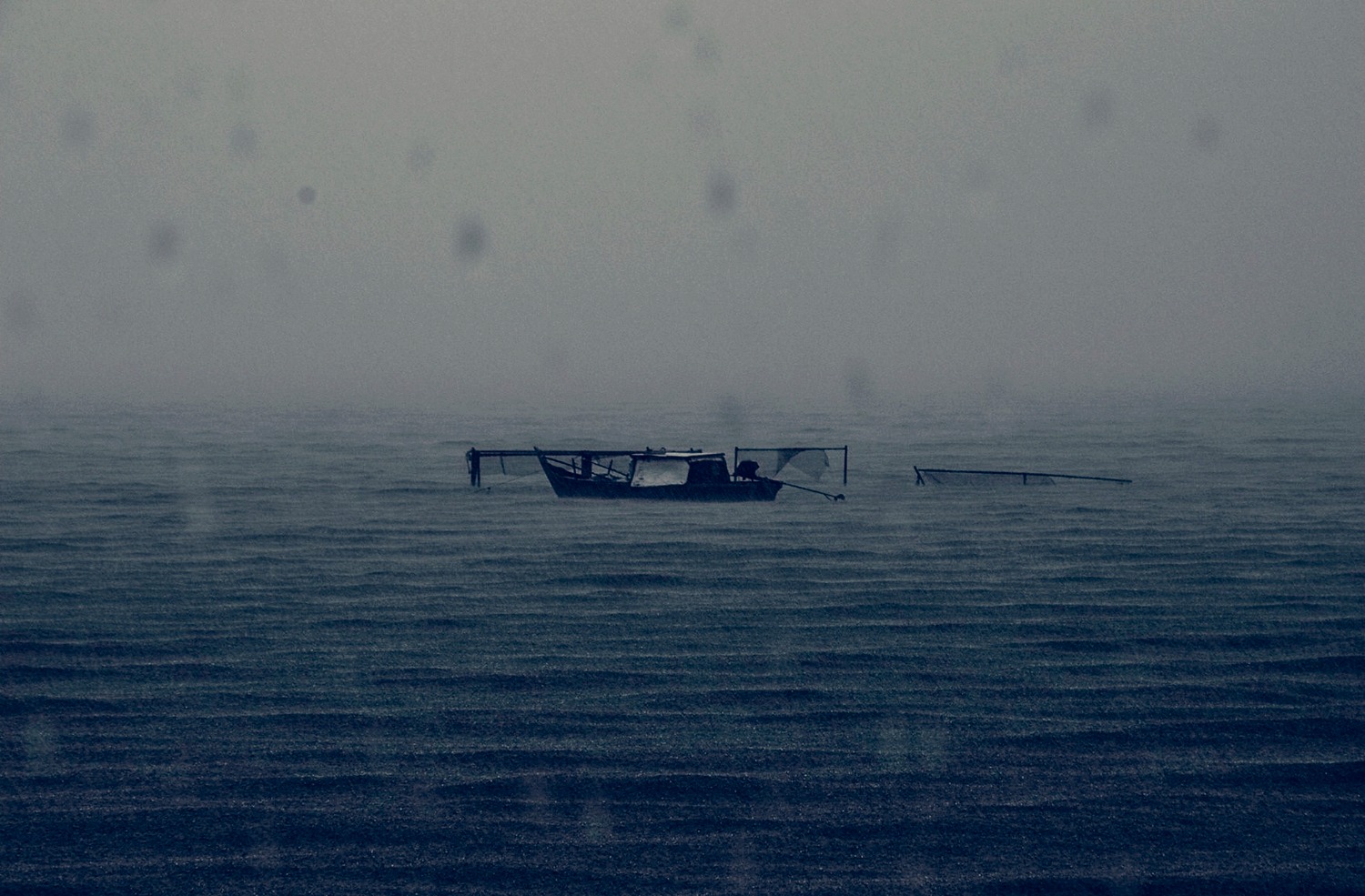
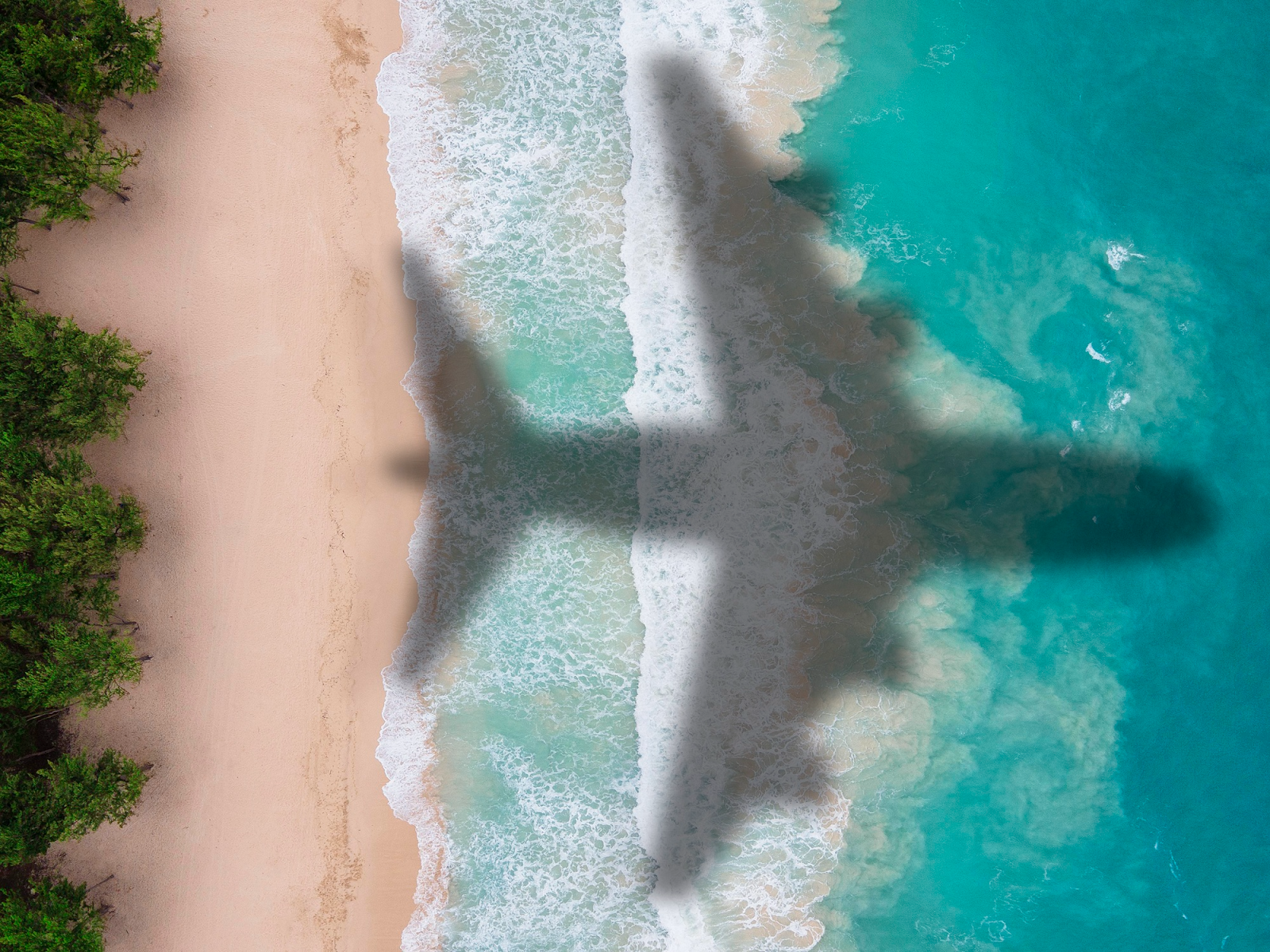
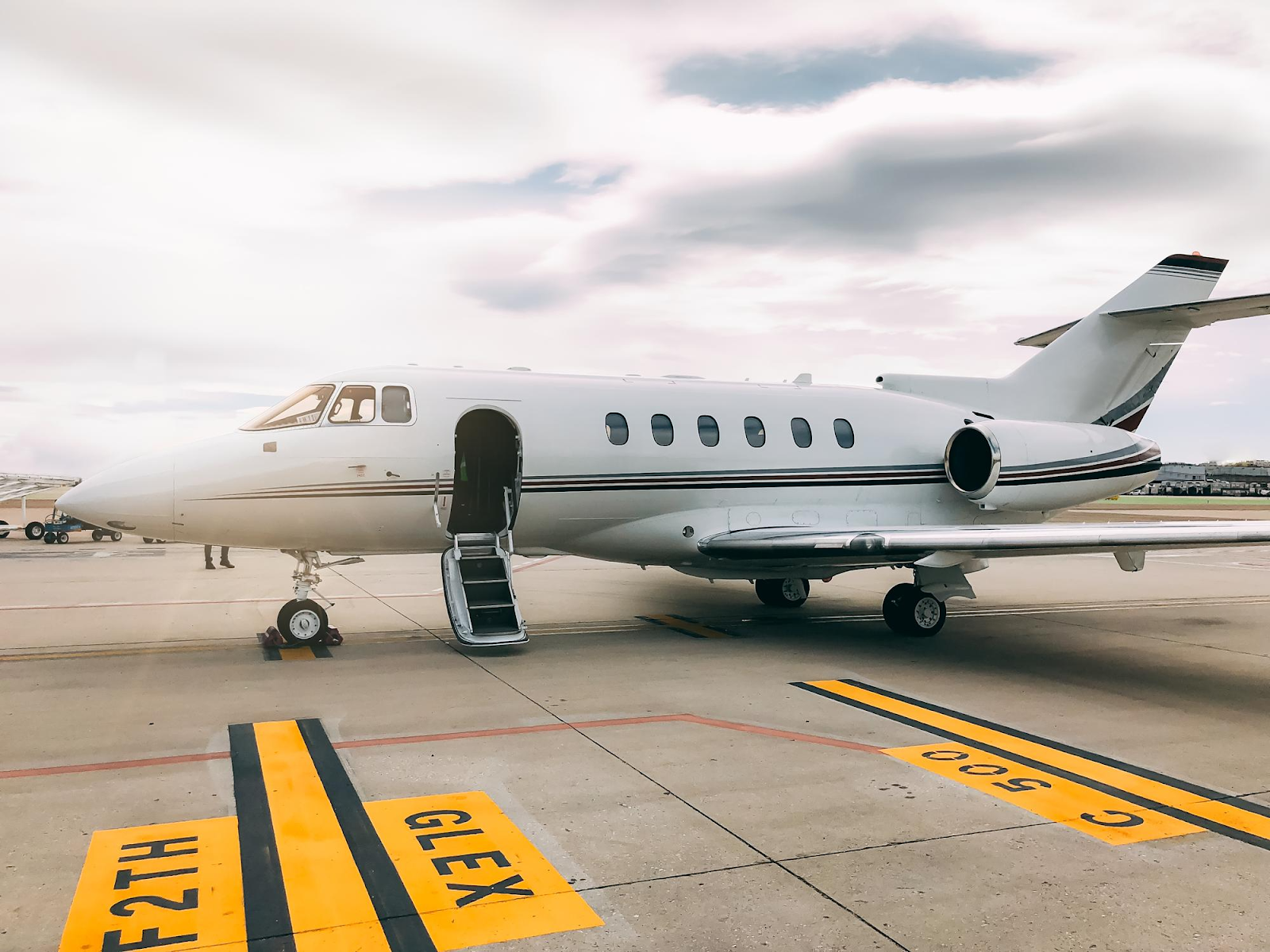
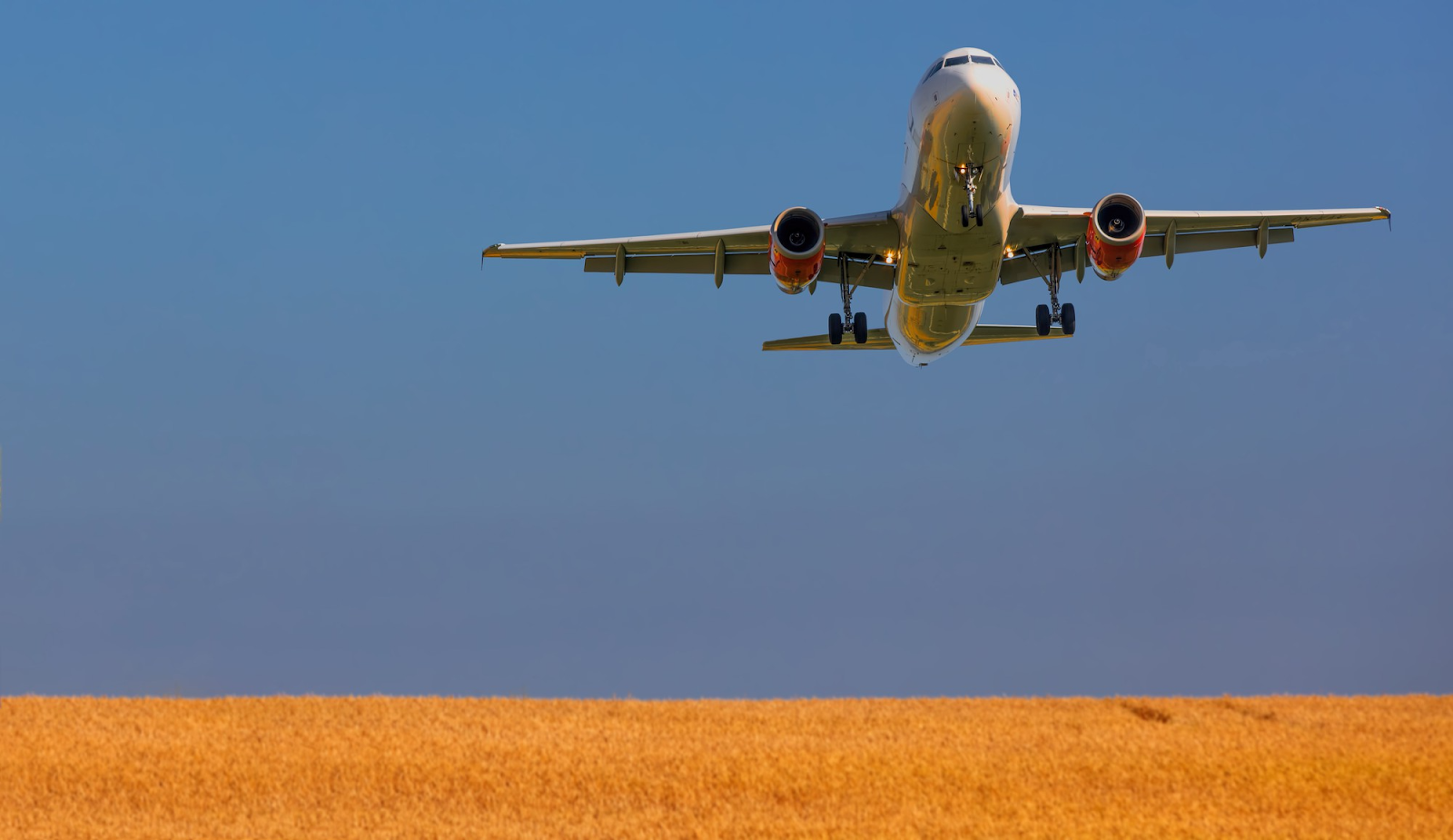
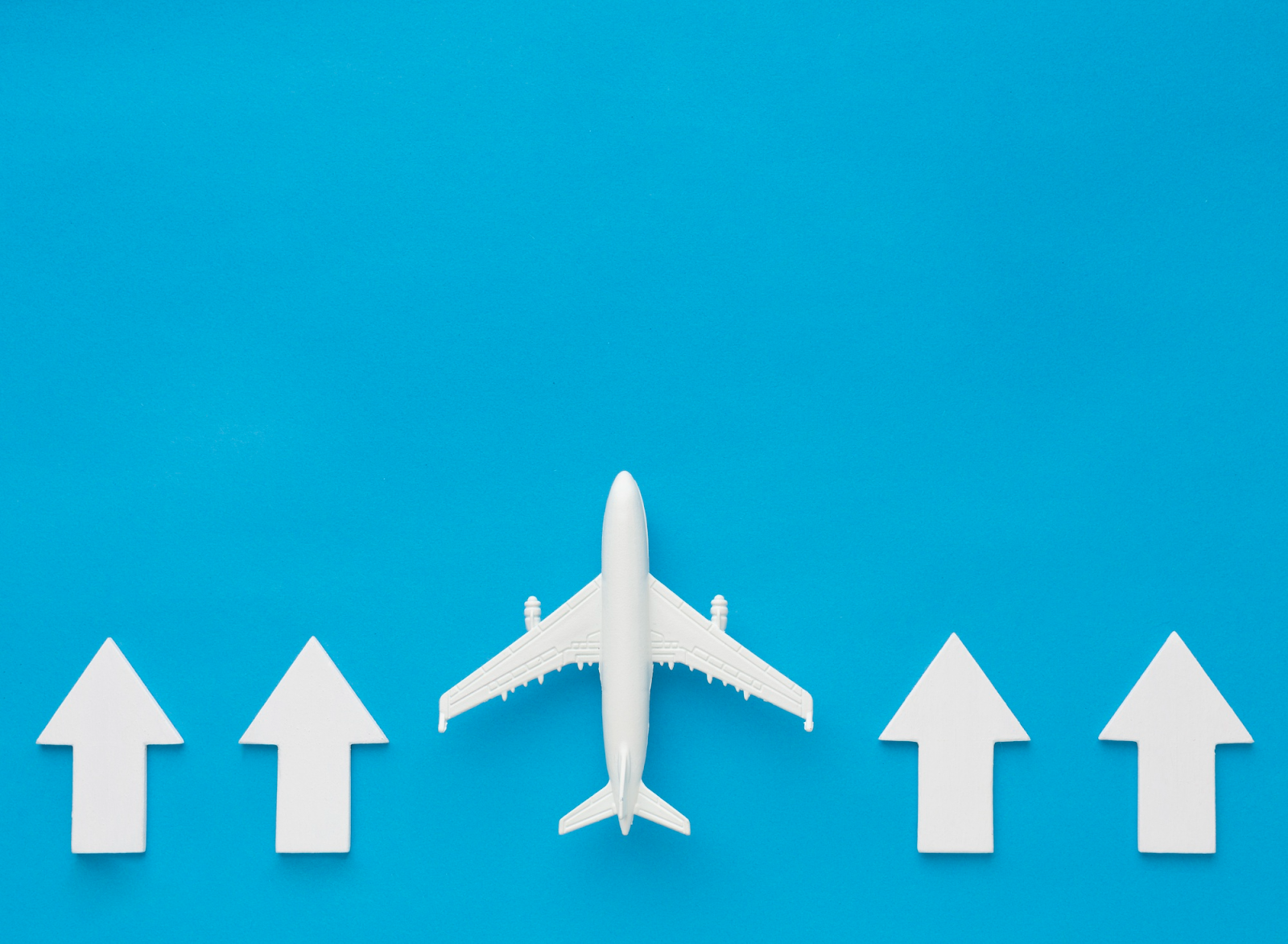
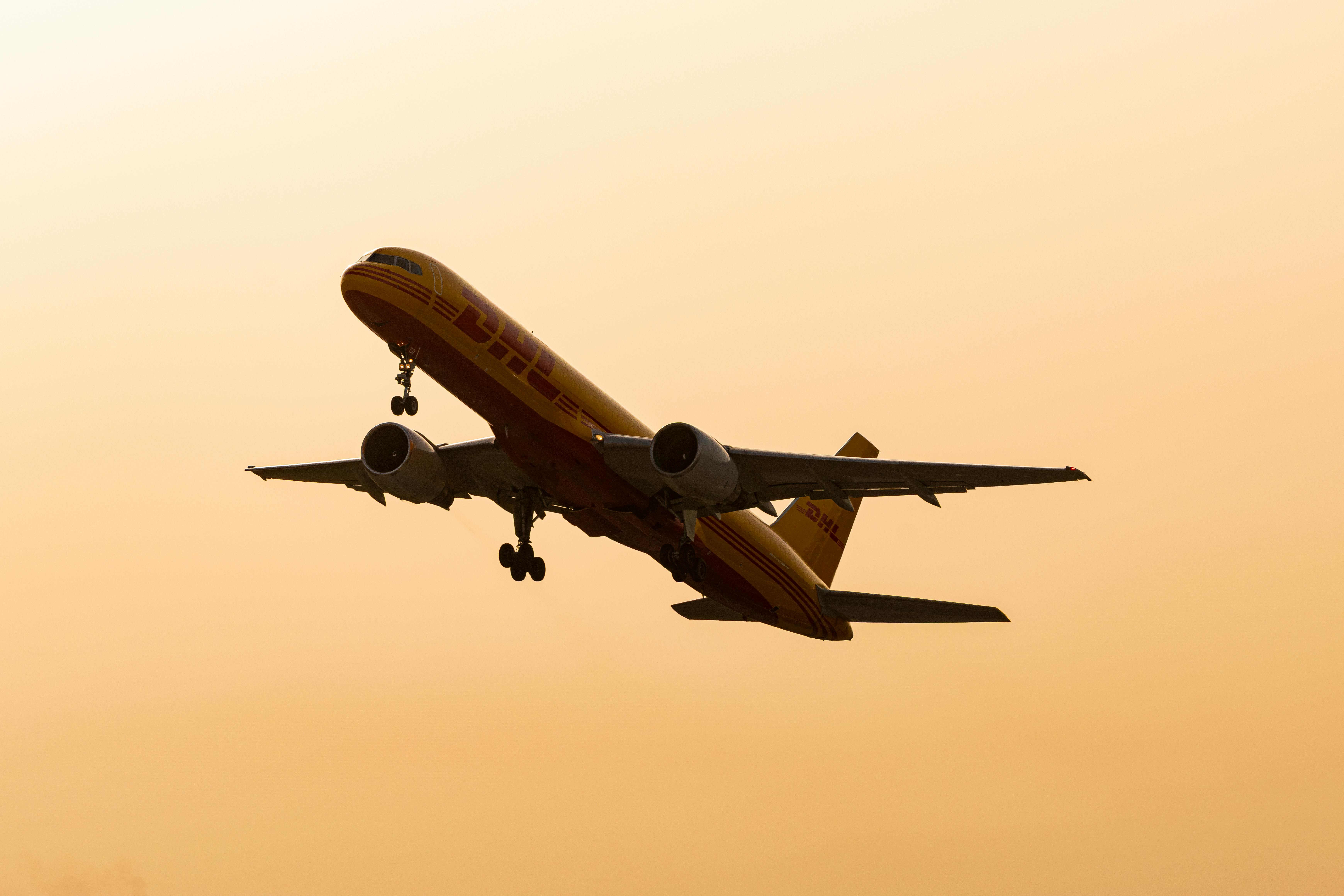
Published: July 30, 2025
Passenger planes are some of the most advanced machines humans have ever built. They are huge, heavy, and filled with technology that must work safely every single time. In fact, a plane can get struck by lightning about once a year, and it is designed to handle it so well that most passengers never even notice.
When you think about flying across an ocean, it takes a lot of skill and planning to make that possible.
The price tag for these aircraft shows how much work goes into them. The 7 most expensive passenger planes in the world are a clear reminder that flying is one of the most complex industries on Earth.
Let’s take a closer look at why they cost so much, how companies compete to build them, and if paying more always means getting the best choice.
Passenger planes are called airliners, and they take years to design and build. Every part has to be tested and certified before it can carry people safely. Here’s why the price climbs so high:
Examples make this clearer:
Airplanes also hold value for decades. Airlines can keep a plane like a Boeing 757 flying for 25–30 years with good maintenance. That means the upfront price is massive, but it pays off with thousands of flights.
In short, passenger planes cost so much because of advanced materials, engines, safety testing, and the long-term value they bring to each airline.
The history of aviation shows a clear trend: plane makers always want to build something larger, faster, or more efficient. Two companies dominate the market: Boeing from the United States and Airbus from Europe. They compete to win orders from airlines around the world.
For example:
But it’s not only about size. Many private owners also wanted comfort and luxury. The rise of the Boeing Business Jet, along with aircraft like the Gulfstream III, proved there’s strong demand for personal jets with custom interiors. Billionaires such as Alisher Usmanov even buy their own aircraft fleets, with cabins more like luxury apartments than planes.
Competition extends beyond Boeing and Airbus too: makers like Bombardier with its Bombardier Global series, and Dassault with Falcon jets, push technology forward in the private jet space.
Airlines benefit because each race for a new plane means safer, more fuel-efficient designs. For passengers, this race has given us wider seats, quieter cabins, and faster travel times. For the companies, it’s about winning prestige and long-term contracts with major carriers like Lufthansa.
The race for bigger and better jets will always exist because technology keeps advancing and travelers want faster, safer, and more comfortable flights.
Here’s the big question: does buying the most costly plane always make sense? The answer is no.
For airlines, the best choice depends on routes, fuel costs, and passenger demand. A huge airliner like the Airbus A380 costs more to run and needs airports that can handle it. Smaller jets, like the Boeing 757, are cheaper and can serve more airports. That makes them better for some routes.
For governments or private owners, the choice depends on needs too:
Even within airlines, balance matters. Some buy large jets for international flights but keep smaller models for shorter trips. Owning a fleet that matches passenger demand is smarter than spending only on the most expensive planes.
So, while expensive planes often come with advanced features and prestige, they are not always the most practical choice. Sometimes, a less costly model is the better fit for the job.
Passenger planes come in many shapes and sizes, but a few stand out because of their massive price tags. These aircraft are more than transportation—they are symbols of wealth, technology, and power.
Some belong to airlines, while others are owned by kings, princes, and billionaires who turn them into luxurious private jets with every comfort you can imagine.
| Rank | Aircraft Model | Approx. List Price (USD) | Passenger Capacity* | Range (nautical miles) | Status / Notes |
| 1 | Airbus A380-800 | $445.6 million | 555–850 | 8,000 | Largest passenger airliner ever built; production ended 2021 |
| 2 | Boeing 777-9 | $426–442 million | ~426 | 7,285 | Longest twin-engine widebody; deliveries expected 2026 |
| 3 | Boeing 747-8 Intercontinental / VIP | $418.4 million | 410–524 | 7,730 | Last passenger 747 built in 2023; VIP versions still flying |
| 4 | Boeing 777-8 | $395–410 million | ~384 | 8,730 | Ultra long-range twinjet; part of new 777X family |
| 5 | Boeing 777-300ER | $375.5 million | 365–396 | 7,370 | Best-selling long-haul workhorse for many airlines |
| 6 | Airbus A350-1000 / ACJ350 | $366.5 million | 369–410 | 8,000 | Advanced carbon-fiber widebody; VIP version popular with governments |
| 7 | Boeing 787-8 BBJ (Dreamliner) | $338.4 million | 242 (standard) | 7,355 | Business jet variant with luxurious VIP interiors |
Below is a closer look at seven of the most talked-about and valuable aircraft in the skies today.
The Airbus A380 is famous for being the largest passenger airliner in the world. It has two full decks and can seat over 800 people in an all-economy design. Its list price was around $445 million, making it one of the most expensive aircraft ever built.
With two full decks and room for more than 800 passengers, it is also considered by many pilots to be among the hardest commercial aircraft to fly, not because it’s unsafe, but because handling such a large jet requires incredible training and precision.
The A380 is also an example of how size doesn’t always equal success. Although it is the largest passenger plane, only a few hundred were built because airports found it hard to handle such a big jet. Still, it remains one of the most famous examples of an expensive aircraft ever created.
The Boeing 747 has been called the “Queen of the Skies.” The 747-8 is the final version, and the VIP model is one of the most luxurious. The Boeing 747-8 VIP is priced at about $367 million, and that’s before custom interiors.
The Boeing 747-8 VIP is a perfect mix of size and prestige. It proves how a commercial jet airliner can be turned into a truly expensive private jet with the right customization.
When people think of a powerful plane, Air Force One often comes to mind. It is a highly customized Boeing 747-200B that carries the President of the United States.
Many see it as the most prestigious plane to fly Air force, thanks to its unmatched security and technology.
While its exact cost is secret, experts estimate it to be one of the most expensive aircraft in the world because of its advanced systems.
Air Force One is a clear reminder that some widebody private jets serve more than luxury—they are vital for national security.
The Airbus ACJ350 is a corporate version of the A350. It is designed for heads of state and business leaders who want long range and maximum comfort. At about $317 million before interiors, it is considered an expensive jet for private buyers.
This aircraft shows how modern technology and design can transform a standard passenger model into one of the most advanced widebody private jets in the world.
Not every luxury buyer needs the biggest private jet. The Airbus ACJ319neo is smaller than the ACJ350, but it still comes with a price tag of over $100 million depending on interior design.
This plane shows that smaller size does not mean less luxury. It remains a favorite among those who want luxurious amenities in a more compact aircraft.
The Bombardier Global 7000, later renamed the Global 7500, is the flagship of Bombardier’s long-range business jets. Costing around $73 million, it represents the top of the line in the private jet market.
Many wealthy individuals prefer this aircraft because it combines speed, range, and luxurious amenities. It is an expensive private jet, but one that remains highly popular with global leaders and top executives.
The Boeing 787-8 BBJ (Boeing Business Jet) is the luxury version of the popular Dreamliner. At over $300 million before custom interiors, it easily ranks as an expensive plane in the world.
The 787-8 BBJ is proof that a modern design can meet both business and luxury needs. It is sleek, efficient, and flexible enough to stand as the 7th most expensive passenger plane in the world.
Now that the seven aircraft are clear, here’s where the wealthy owners come in. This section highlights custom jets turned into floating luxury homes:
This section shows how some individuals go beyond normal luxury, creating expensive private jets with unmatched detail. They are separate from the main list but important for understanding the full picture of high-cost aviation.
The 7 most expensive passenger planes in the world show how complex and impressive modern flying has become. From the giant Airbus A380 to private jets like the Bombardier Global 7500, each aircraft reflects years of work, billions of dollars, and powerful new technology. Still, the highest price does not always mean the best choice. Airlines, governments, and private owners all decide based on needs, not just cost.
If you enjoyed learning about these incredible planes and want more insights into the world of aviation, check out more resources from Flying411!
The Airbus A380 holds the record at about $445 million list price before production ended in 2021.
It usually takes 9–12 months to assemble, after years of design and testing.
No, airlines almost always negotiate discounts, sometimes 30–50% lower than list price.
Yes, wealthy individuals or companies sometimes buy large jets and convert them into private flying homes.
A jet is any plane powered by jet engines, while a business jet is smaller and built for private or company travel.